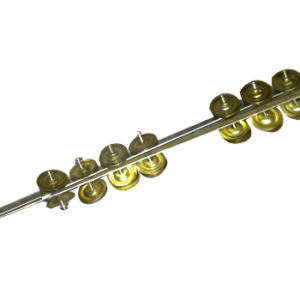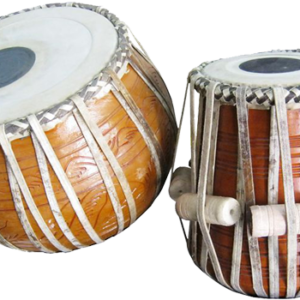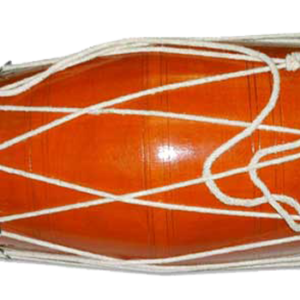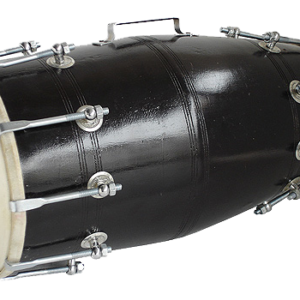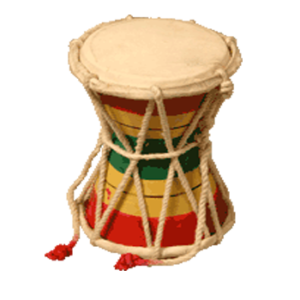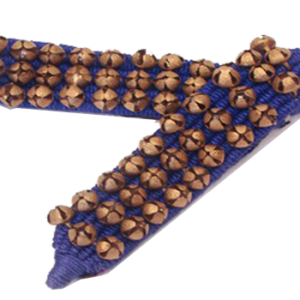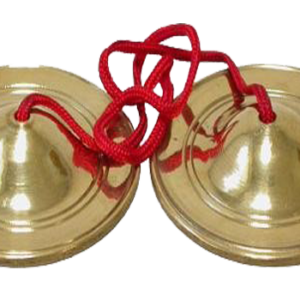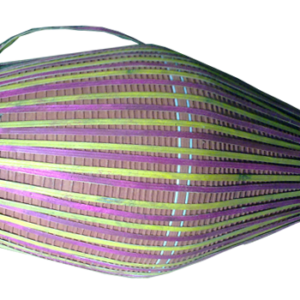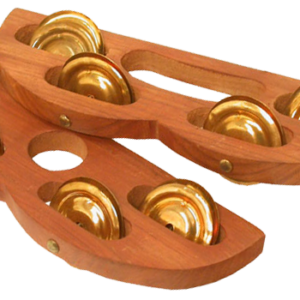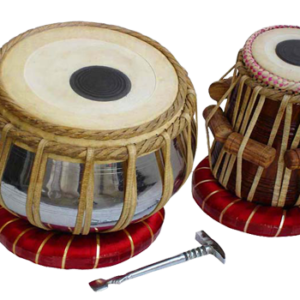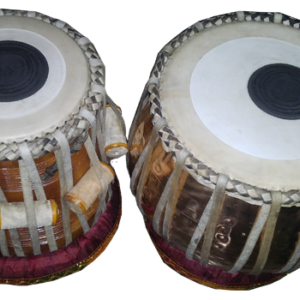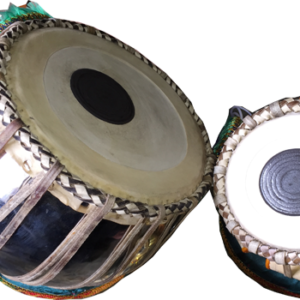The Tabla is a membranophone percussion instrument originating from the Indian subcontinent, consisting of a pair of drums, used in traditional, classical, popular and folk music. It has been a particularly important instrument in Hindustani classical music since the 18th century, and remains in use in India, Pakistan, Afghanistan, Nepal, Bangladesh, and Sri Lanka.
The tabla consists of two single-headed, barrel-shaped small drums of slightly different size and shape: daya also called dahina meaning right (also called “tabla”), and baya also called bahina meaning left (also called “dagga”). The daya tabla is played by the musician’s right hand (dominant hand), and is about 15 centimetres (~6 in) in diameter and 25 centimetres (~10 in) high. The baya tabla is a bit bigger and deep kettledrum shaped, about 20 centimetres (~8 in) in diameter and 25 centimetres (~10 in) in height. Each is made of hollowed out wood or clay or brass, the daya drum laced with hoops, thongs and wooden dowels on its sides. The dowels and hoops are used to tighten the tension of the membrane. The daya is tuned to the ground note of the raga called Sa (tonic in India music). The baya construction and tuning is about a fifth to an octave below that of the daya drum. The musician uses his hand’s heel pressure to change the pitch and tone colour of each drum during a performance.
We Calcutta Musical Depot manufacture four types of Tablas, Clay Tabla, Metal Tabla, Metal Tabla- Supari Style and Metal Tabla- Pakhwaj Style.
Showing all 12 results
